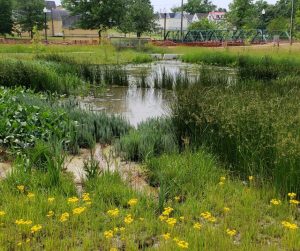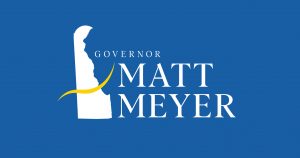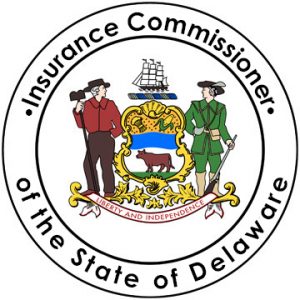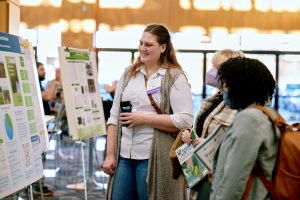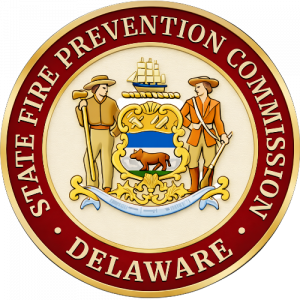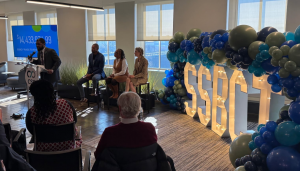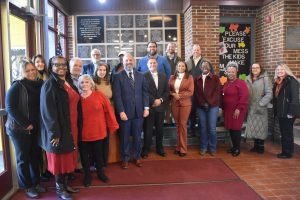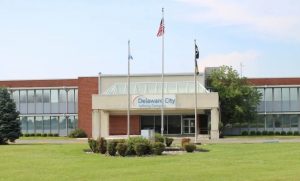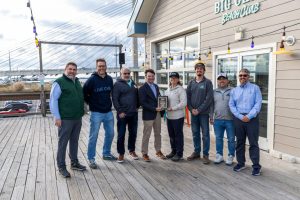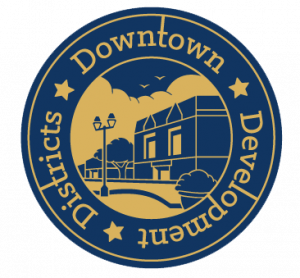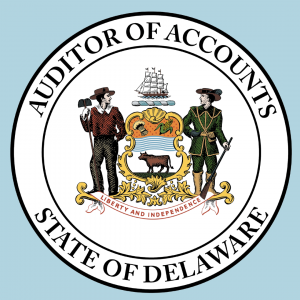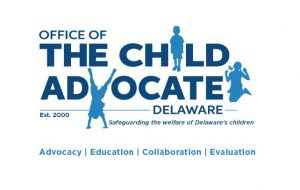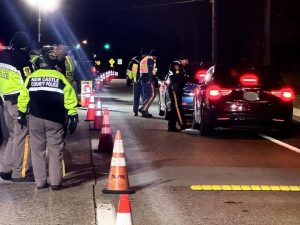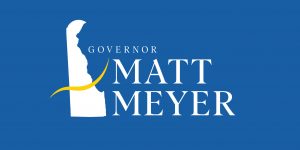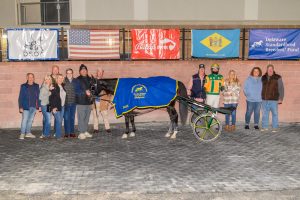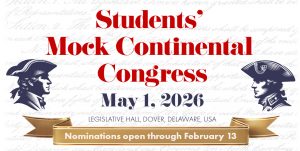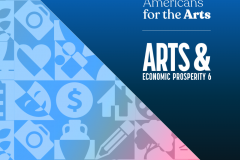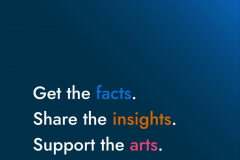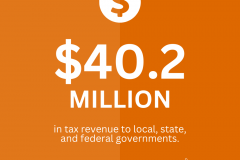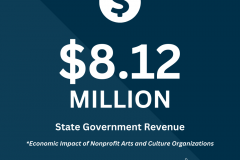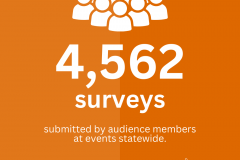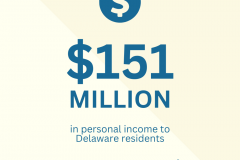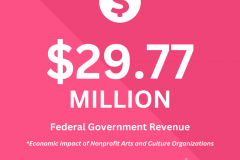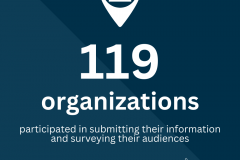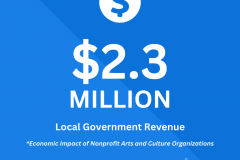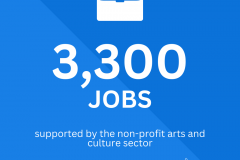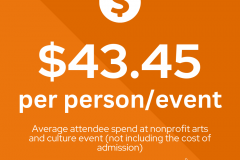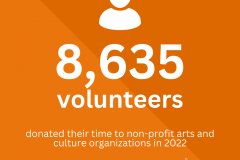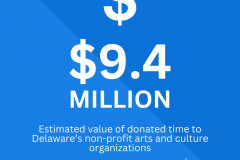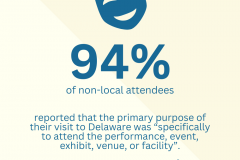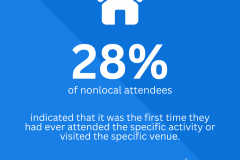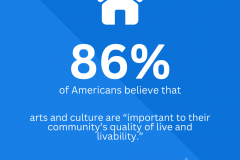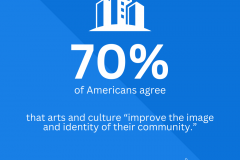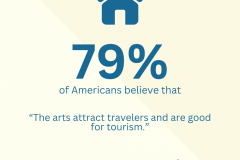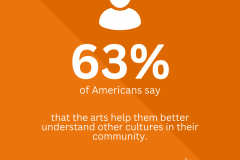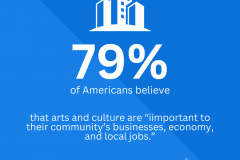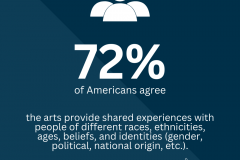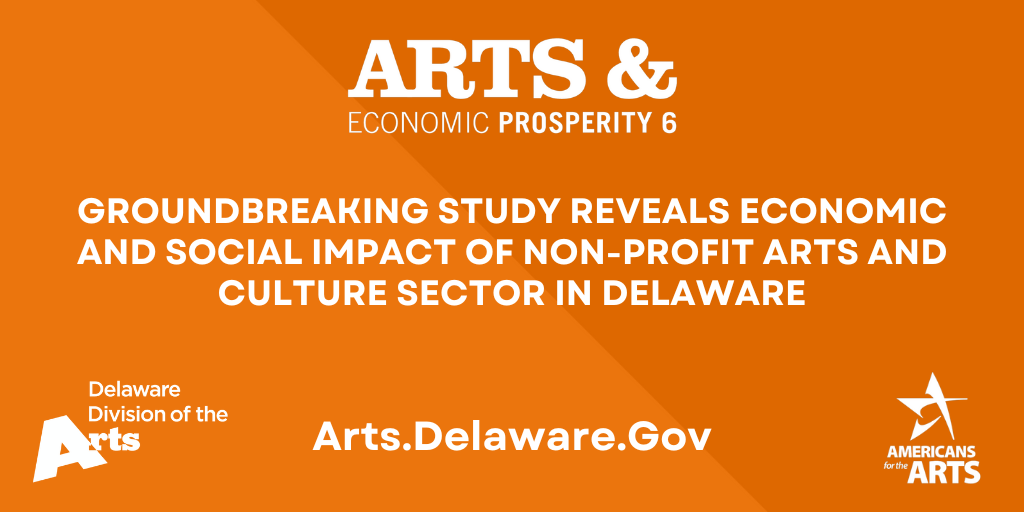
Arts & Economic Prosperity 6 Study Highlights Vital Role of Arts and Culture in Building More Livable Communities Around the Country
Wilmington, Del. (July 1, 2024) – The Delaware Division of the Arts today announced that Delaware’s nonprofit arts and culture industry generated $209.5 million in economic activity in 2022, according to the newly released Arts & Economic Prosperity 6 (AEP6), an economic and social impact study conducted by Americans for the Arts (AFTA). That economic activity– $148 million in spending by nonprofit arts and culture organizations and $61.5 million in event-related spending by their audiences – supported 3,330 jobs and generated $40 million in local, state, and federal government revenue. Spending by arts and culture audiences generates valuable commerce to local merchants, a value-add that few other industries can compete with.
Building on its 30-year legacy as the largest and most inclusive study of its kind, AEP6 uses a rigorous methodology to document the economic and social contributions of the nation’s nonprofit arts and culture industry. The study demonstrates locally as well as nationally, arts and culture are a critical economic driver of vibrant communities. AEP6 was conducted over 18 months, nationally surveying more than 224,000 audience members and 16,400 arts and culture organizations in 373 diverse communities—ranging in population from 4,000 to 4 million—across all 50 states and Puerto Rico to ensure accurate representation of each arts landscape across rural, suburban, and large urban areas.
Between September 2022 and May 2023, Delaware audiences likely encountered a survey while attending an arts and culture event run by one of the 119 organizations participating. Over 4,500 audience surveys were collected from across Delaware, the largest number ever collected over the four studies in which Delaware has participated.
“This study reaffirms the value of Delaware’s nonprofit arts and culture sector,” says Governor John Carney. “The $209.5 million generated by the arts in 2022 is a testament to the strength of our non-profit arts community, especially following the pandemic. By attracting dollars to our communities, employing artists and staff locally, and producing cultural experiences, the arts sector plays an important role in making Delaware a better place.”
Nationally, the Arts & Economic Prosperity 6 (AEP6) study reveals that America’s nonprofit arts and culture sector is a $151.7 billion industry—one that supports 2.6 million jobs and generates $29.1 billion in government revenue.
“Arts and culture organizations have a powerful ability to attract and hold dollars in the community longer. They employ people locally, purchase goods and services from nearby businesses, and produce the authentic cultural experiences that are magnets for visitors, tourists, and new residents. When we invest in nonprofit arts and culture, we strengthen our economy and build more livable communities,” said Nolen V. Bivens, president and CEO of Americans for the Arts.
“Whenever we share data with policymakers about how the live arts generate economic activity, eyes are opened. As we wrestle with historic underfunding of the arts in the United States, this study shows how tremendously powerful the live arts are in generating economic activity by activating other community businesses. This study is a must-read for policymakers and economic development staff from coast to coast,” shares Al Vincent, Jr., Executive Director, Actors’ Equity Association.
Key figures from Delaware’s AEP6 study include:
-
- Estimated attendance to the 119 participating organizations in 2022 was 1.4 million.
- Delaware’s nonprofit arts and culture industry generates $209,441,661 in event-related spending by its organizations and audiences (in addition to the cost of attendance).
- The typical attendee spends $43.45 per person per event, not including the cost of admission (a 43% increase over AEP5 (2015).
- 25% of arts and culture attendees were from outside the county in which the activity took place. They spent an average of $67.47 (a 33% increase over AEP5 (2015). All vital income for local merchants.
- 88% of respondents agreed that the activity or venue they were attending was “a source of neighborhood pride for the community.”
- 90% or respondents said they would “feel a sense of loss if that activity or venue was no longer available.”
- Volunteers at Delaware’s nonprofit arts and culture organizations donated an estimated 317,299 hours, at a value of $9.4 million.
- Post-COVID audiences are spending more but traveling less.
To download Delaware’s full 60-page report, click here. To download Delaware’s two-page economic impact summary, click here.
“Delaware’s arts and culture industry has once again proven itself as a driving force behind our vibrant communities. The study highlights the powerful ripple effect of arts spending, supporting local businesses and making our state a more attractive tourist destination. With $61.5 million in event-related spending by arts and culture audiences, we see the profound impact of these activities on our local economy. This industry isn’t just about entertainment; it’s about creating a thriving ecosystem where creativity and commerce go hand in hand, benefitting both residents and visitors alike,” says
Secretary of State Jeffrey Bullock.
“The Arts & Economic Prosperity 6 study showcases the lasting impact of the arts on our society. Arts and culture organizations, along with their audiences, contribute significantly to our state’s economy and community pride, enriching the lives of Delaware residents financially and culturally. Beyond the impressive figures, this study reveals the profound connection between the arts and neighborhood pride. A staggering 88% of respondents agreed that the activity or venue they were attending was ‘a source of neighborhood pride for the community.’ It’s a testament to the role the arts play in creating vibrant, connected communities in Delaware,” says Division of the Arts Director Jessica Ball.
“Mayors understand the connection between the arts industry and city revenues. Arts activity creates thousands of direct and indirect jobs and generates billions in government and business revenues. The arts also make our cities destinations for tourists, help attract and retain businesses, and play an important role in the economic revitalization of cities and the vibrancy of our neighborhoods,” shared Mayor Hillary Schieve (Reno); President, The United States Conference of Mayors.
The AEP6 findings echo stories told across the nation during the pandemic. Though severely affected by COVID-19, the arts played a crucial role in social healing and economic recovery. In times of isolation and loneliness, they provided much-needed joy and increased life satisfaction. The arts became an economic catalyst, sparking recovery.
AEP6 represents a reset from its previous versions, establishing a new benchmark in the AEP study series.
- Social Impact: For the first time, AEP6 expands beyond the economic and financial data to include social impact measurements of arts and culture’s effect on the well-being of communities and residents.
- Equity and Inclusion: AEP6 broke new ground by prioritizing equity, community engagement, and inclusivity. With the goal of reducing systemic bias, Americans for the Arts transformed its approach and expanded the inclusion and participation of organizations serving or representing BIPOC- (Black, Indigenous, People of Color) and ALAANA- (African, Latine, Asian, Arab, Native American) identifying communities.
Nationally, the extensive research reveals proportional economic and community impacts among attendees at BIPOC and ALAANA organizations to the overall national average. These findings should initiate new, and escalate existing, critical funding conversations about BIPOC and ALAANA organizations receiving fair and proportional financial support.
Seventeen national organizations partnered with AFTA on AEP6 to amplify the study results and help public and private-sector leaders understand the economic and social benefits that the arts bring to their communities, states, and the nation: Actors’ Equity Association, African Diaspora Consortium, Arts & Planning Division (American Planning Association), Black Legislative Leaders Network, Department for Professional Employees, AFL-CIO (American Federation of Labor and Congress of Industrial Organizations), Destinations International, International City/County Management Association, Independent Sector, National Association of Counties, National Conference of State Legislatures, National Alliance of Community Economic Development Associations, National Independent Venue Association, National Organization of Black Elected Legislative Women, Race Forward, Recording Industry Association of America, The Conference Board, and U.S. Conference of Mayors. By measuring arts and culture’s wide-ranging impact, public and private sector leaders can work together to secure funding and arts-friendly policies that shape more vibrant and equitable communities.
The full report, a map of the 373 study regions, and a two-page economic impact summary for each, can be found at AEP6.AmericansForTheArts.org.
###
About the Delaware Division of the Arts
The Delaware Division of the Arts is an agency of the State of Delaware. Together with its advisory body, the Delaware State Arts Council, the Division administers grants and programs that support arts programming, educate the public, increase awareness of the arts, and integrate the arts into all facets of Delaware life. Funding for Division programs is provided by annual appropriations from the Delaware General Assembly and grants from the National Endowment for the Arts, a federal agency. For more information about the Delaware Division of the Arts, visit arts.delaware.gov or call 302-577-8278.
About Americans for the Arts
The Arts & Economic Prosperity 6 study was conducted by Americans for the Arts, the nation’s leading nonprofit organization for advancing the arts and arts education. It was supported by The Ruth Lilly Endowment Fund of Americans for the Arts. Americans for the Arts’ 297 study partners contributed both time and financial support to the study. For a full list of the communities who participated in the Arts & Economic Prosperity 6 study, visit AEP6.AmericansForTheArts.org. For more information, follow us @Americans4Arts
###
Contact: Andrew Truscott, Program Officer, Marketing and Communications
302-577-8280, andrew.truscott@delaware.gov
The Delaware Division of the Arts, a branch of the Delaware Department of State, is dedicated to cultivating and supporting the arts to enhance the quality of life for all Delawareans. Together with its advisory body, the Delaware State Arts Council, the Division administers grants and programs that support arts programming, educate the public, increase awareness of the arts, and integrate the arts into all facets of Delaware life. For more information about the Delaware Division of the Arts, visit arts.delaware.gov or call 302-577-8278.





